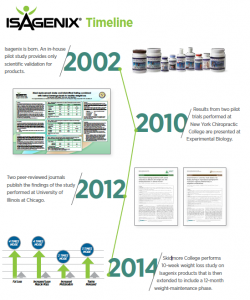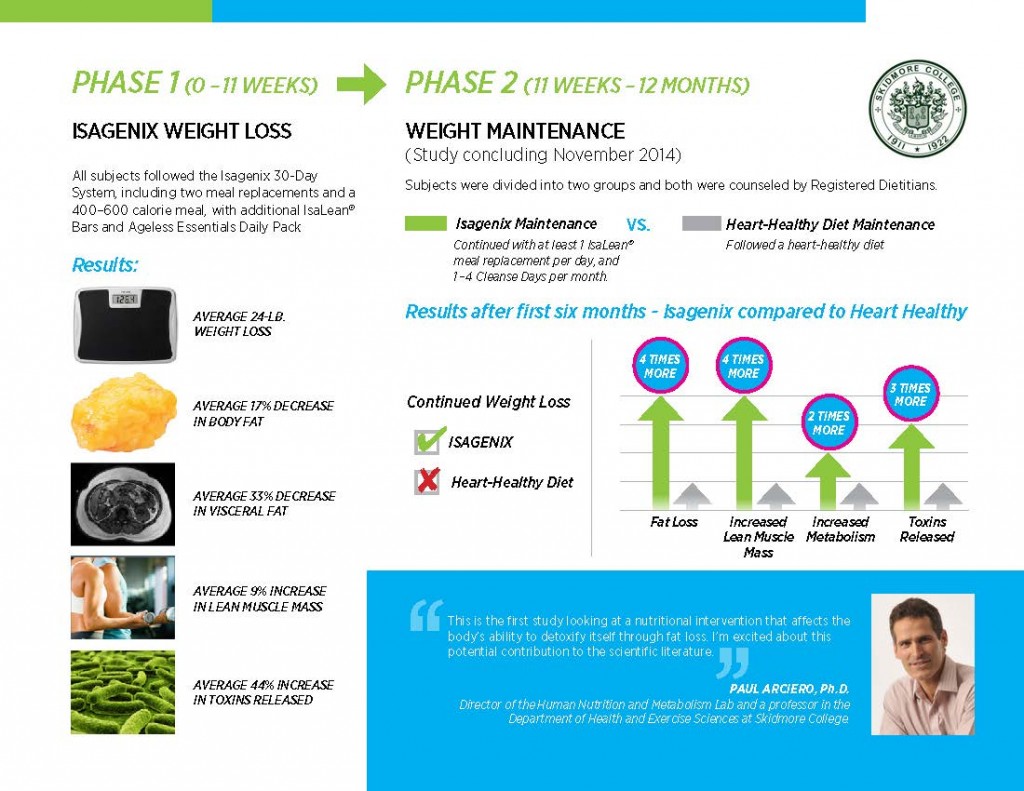Weight gain - knee pain

If your knee pain has led to weight gain, you are not alone. Individuals suffering from recurrent or chronic knee pain are often caught in a relentless cycle: knee pain begins to limit activity, which leads to weight gain.

If your knee pain has led to weight gain, you are not alone. Individuals suffering from recurrent or chronic knee pain are often caught in a relentless cycle: knee pain begins to limit activity, which leads to weight gain.
For every pound of weight, 5 pounds of loading force are passed on through the knee during activities such as walking.
The average weight gain of patients diagnosed with osteoarthritis (OA) is around 40 pounds. This weight gain typically occurs within the first year after diagnosis. A 40 pound weight gain equates to 200 additional pounds of force being transmitted across the knee joints each time a step is taken. This increased force accelerates the rate of damage to the underlying cartilage or meniscal tissue, which results in more pain.
The average weight gain of patients diagnosed with osteoarthritis (OA) is around 40 pounds. This weight gain typically occurs within the first year after diagnosis. A 40 pound weight gain equates to 200 additional pounds of force being transmitted across the knee joints each time a step is taken. This increased force accelerates the rate of damage to the underlying cartilage or meniscal tissue, which results in more pain.
As the level of pain climbs, activity is further curtailed and leads to increased weight gain. The cycle is perpetuated and usually results in compensatory gait mechanics (people start walking in an abnormal fashion to avoid pain) and ultimately a sedentary lifestyle to avoid pain.
This in turn produces higher levels of inflammation within the joint which results in faster and faster rates of cartilage breakdown. It’s no wonder that knee degeneration can be rapid — a person may go from the early stages of OA to the end stage within two years, unless this vicious cycle is broken.
There are ways for people to escape this cycle.
Joint Fluid Therapy and Platelet Rich Plasma Therapy lower levels of inflammation and help stabilize the cartilage matrix. Off-loading braces protect the area of injured cartilage and help retrain muscles that help stabilize the joint.
Joint Fluid Therapy and Platelet Rich Plasma Therapy lower levels of inflammation and help stabilize the cartilage matrix. Off-loading braces protect the area of injured cartilage and help retrain muscles that help stabilize the joint.
As the level of inflammation decreases, the number of pain transmitters is reduced, and people can start returning to activity with less pain. As their activity increases, they are able to start shedding the excess weight which helps reduce the pain, allowing them to be even more active.
The entire Reflex team is passionate about helping people break out of this vicious knee pain cycle. Don’t let knee pain keep you on the sidelines — let us help you get back to life. #kneepain #obesity







